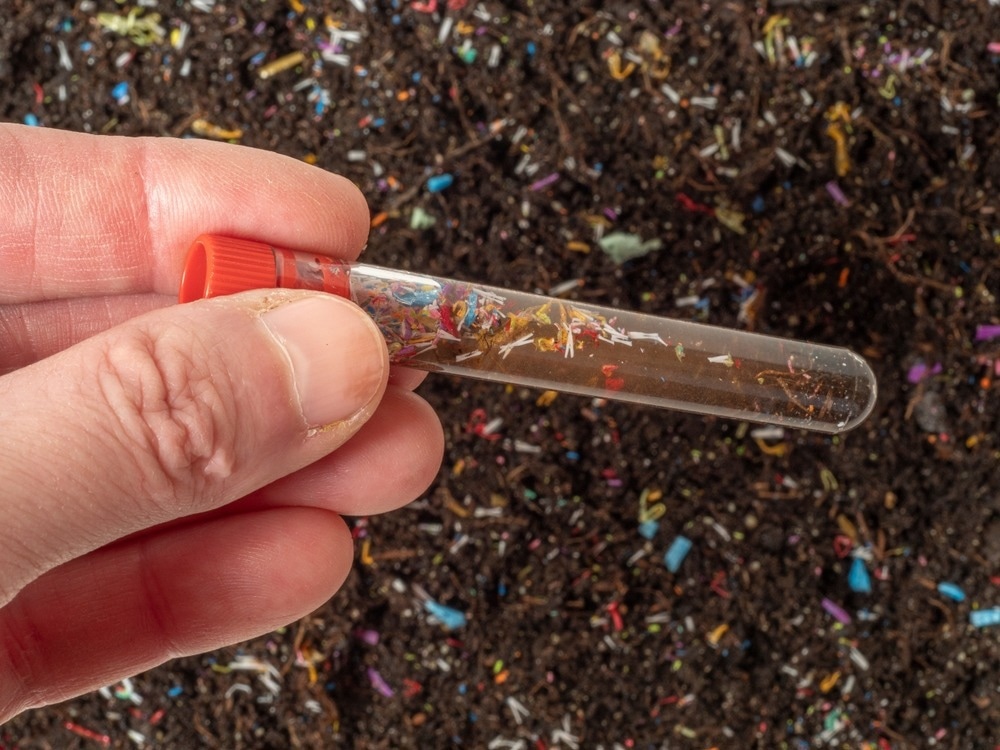Plastic films are among the most significant sources of terrestrial microplastics (MPs), forming unique microbial niches in soils known as plastispheres. However, it is unclear how traditional and biodegradable MPs in soil impact N transformation and bioavailability by altering functional microbial profiles.

Image Credit: Kuttelvaserova Stuchelova/Shutterstock.com
A study guided by Prof. Guanghua Wang of the Chinese Academy of Sciences’ Northeast Institute of Geography and Agroecology discovered that the existence of traditional and biodegradable MPs substantially shifted the microbial functional and genomic information encoding nitrogen (N) cycling within plastispheres and soils.
The study was published on February 28th, 2023, in the Journal of Hazardous Materials.
The scientists discovered that biodegradable MPs had rougher surfaces and caused more changes in microbial functional and taxonomic profiles in the soil and plastisphere than traditional ones.
Compared to their corresponding soils, the plastispheres of traditional and biodegradable MPs encouraged nitrogen fixation, nitrogen degradation, and assimilatory nitrate reduction (ANRA), and decreased gene abundances encoding nitrification and denitrification, with biodegradable MPs having a stronger influence.
Biodegradable plastisphere had greater relative abundances of Proteobacteria and some genera affiliated with this phylum, like Ramlibacter Variovorax, Sphingomonas, and Caenimonas, harboring N cycle-related functional genes. Traditional plastisphere-enriched Actinobacteria, along with Nocardia and Amycolatopsis, were associated with it.
Furthermore, Ramlibacter was enriched in the BMP plastisphere and drove the differences in N cycling processes between soils containing two types of MPs. Three Ramlibacter genomes with various functional genes for N cycling were recreated. The novel Ramlibacter strains had the potential to produce ammonium via multiple metabolic pathways, which supported their biosynthesis and resulted in the accumulation of soil NH4+-N.
The finding contributes to our understanding of the genetic mechanisms underlying soil N bioavailability in the presence of biodegradable MPs, and repercussions for maintaining sustainable agriculture and limiting microplastic risk.
Journal Reference:
Hu, X., et al. (2023). Distinct influence of conventional and biodegradable microplastics on microbe-driving nitrogen cycling processes in soils and plastispheres as evaluated by metagenomic analysis. Journal of Hazardous Materials. doi.org/10.1016/j.jhazmat.2023.131097.